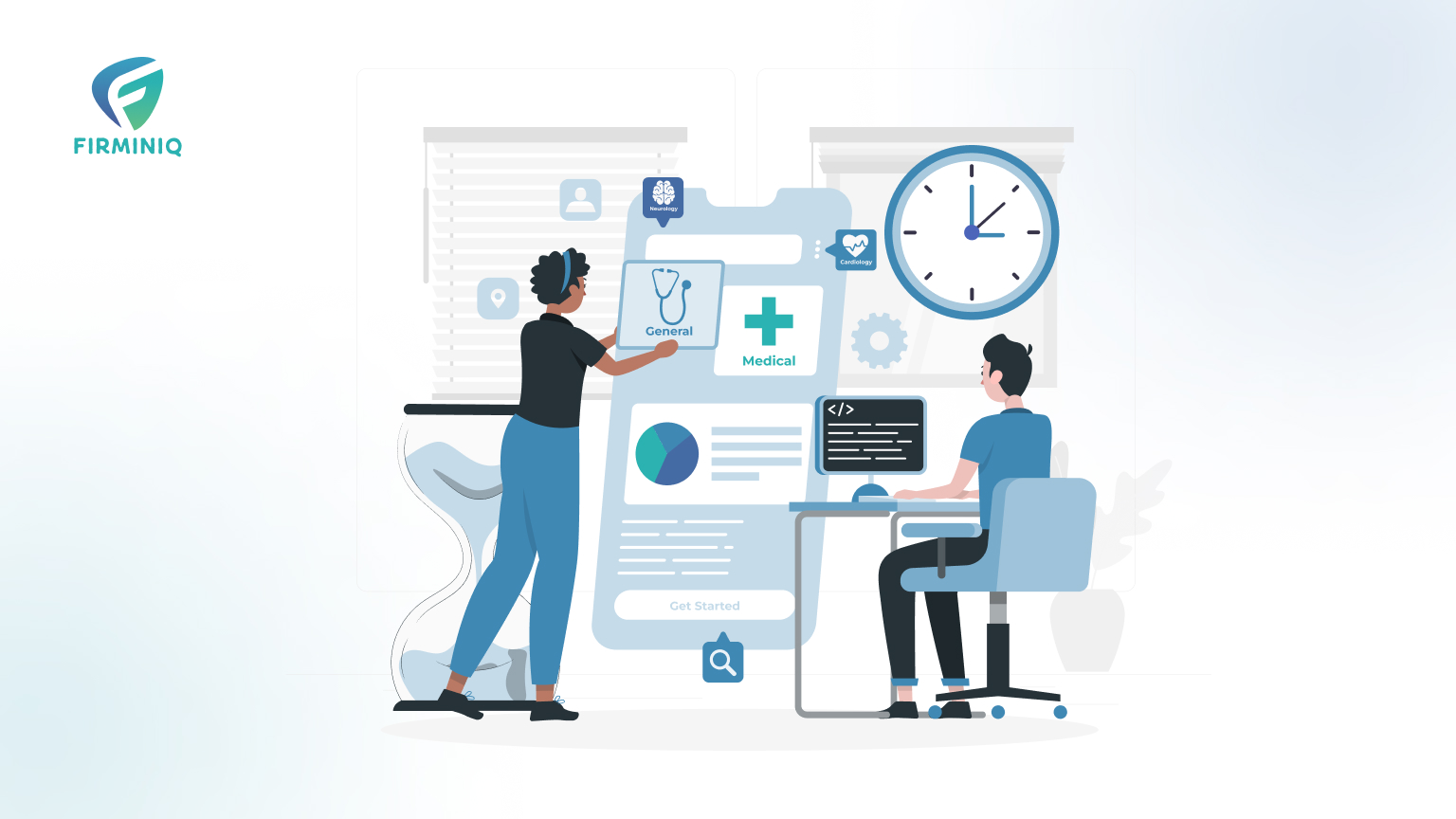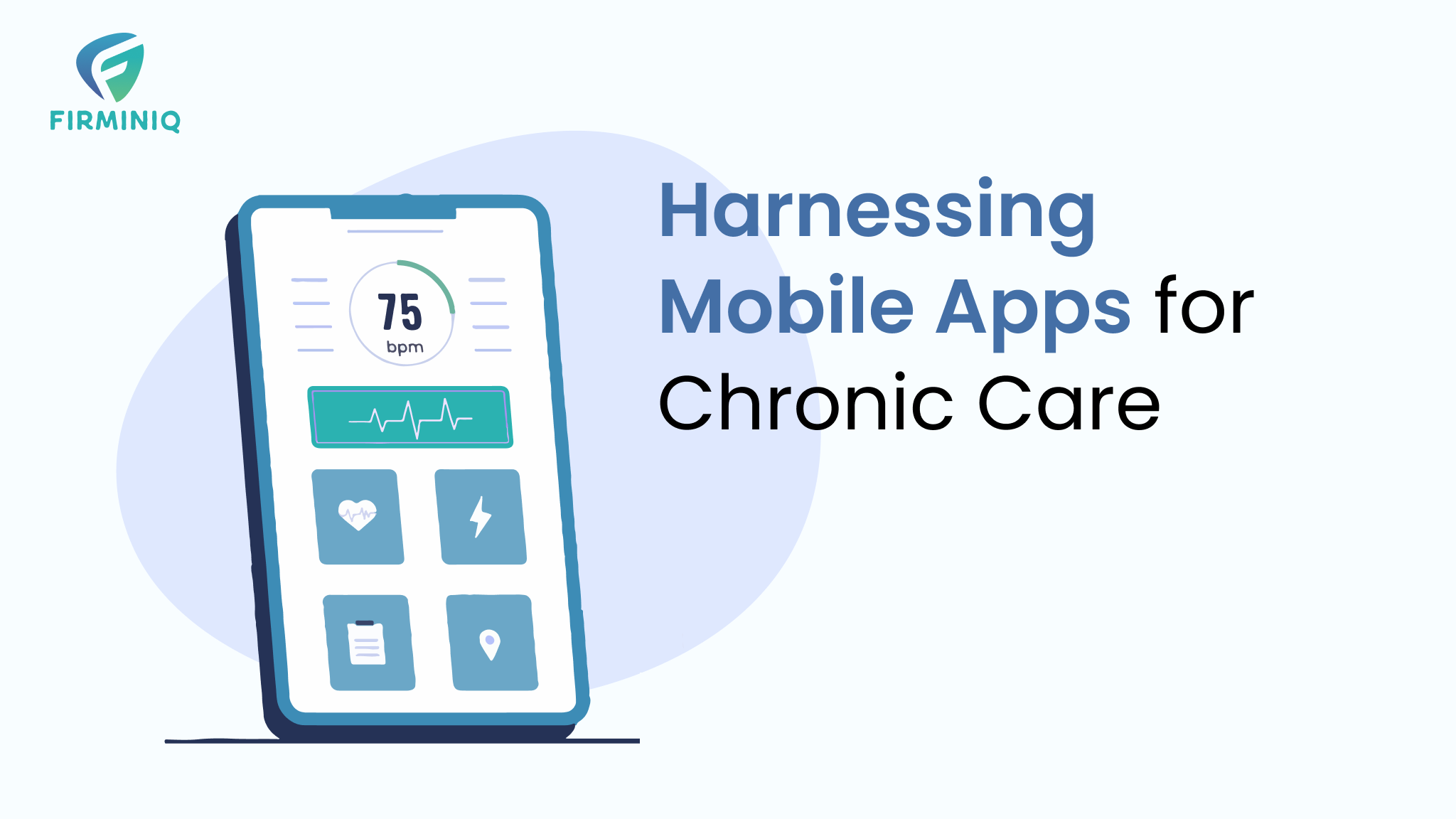As a burgeoning startup in the connected health industry, you have successfully developed an exceptional connected health mobile app that caters to a growing user base. Initially, your agile development approach allowed for quick testing and swift responsiveness to user needs. However, as your user base expands and the app becomes enriched with new features, ensuring consistent quality and addressing user feedback become increasingly challenging.
With each release, the cost of quality management rises due to the escalating complexity of your app. The need for a robust and efficient testing strategy becomes evident to prevent quality issues, mitigate bugs, and enhance the overall user experience. This is where automation testing emerges as a solution for your connected health mobile apps.
Consider the statistics from Reports & Data – “The automation testing market size was USD 20.24 Billion in 2021 and is expected to register a revenue CAGR of 18.9% during 2022-2030. The healthcare segment is expected to register a significantly fast revenue growth rate over the forecast period due to the increased use of mobile devices in this industry, the growing population, changing lifestyles, and awareness of health-related issues. Test automation services help improve revenue cycle integrity and system adoption for healthcare applications. For example, data utilized in healthcare applications include patient information such as names, phone numbers, and dates of birth. Before executing tests, QA teams must go through a time-consuming process of manually entering data into healthcare software, which might result in small data sets or errors during test execution.”

Automation testing is increasingly being adopted for connected healthcare apps as they scale to empower teams to handle the growing demands of the app and improve quality.
However, you might have these questions in mind – Why should I automate testing for My connected healthcare app? When is the right time to embrace automation testing? How should I go about it? Let us delve into each of these in detail and aim to find an answer.
Why & When Should I Automate?
Embracing automation testing is a pivotal step in ensuring the success and longevity of your connected healthcare app. It empowers you to stay ahead of the curve, deliver superior quality, and meet the evolving demands of your users. However, determining the right time to embark on the automation journey can be a daunting task. To help you navigate these waters, consider the following indicators that signify the right time to embrace automation testing:
Number of Escaped Bugs are Increasing
Keep a vigilant eye on the mounting number of bugs that evade detection during testing and are discovered by users in the live production environment. Are testers encountering unforeseen scenarios or witnessing the breakdown of existing features? By tracking such incidents reported through feedback channels, call centers, and social media, you can gauge the urgency to embrace automation testing as a means to identify and resolve these bugs more effectively.
Descending Numbers in App Analytics
Are the numbers related to Daily Active Users (DAU) and Monthly Active Users (MAU) falling in app analytics? Is there an increase in fatal and non-fatal crashes and a drop in user engagement? A yes shows higher dissatisfaction amongst users and thus time for you to consider a solution.
Dropping App Ratings & Increasing Negative Comments After Every Release
Monitor the trend of app ratings and user comments following each new release. Are users voicing complaints about issues encountered after updating the app? A significant drop in ratings or a surge in negative feedback can serve as a clear signal that automation testing should be implemented to bolster app quality and enhance user satisfaction.
Surging Cost of Quality
Evaluate the trajectory of the cost of ensuring app quality over time. Are you experiencing an upward trend in expenses? Consider factors such as the growth in the number of test cases, the addition of more manual testers, and the increased time required to test each release. If these costs are rising while the detection of issues in regression testing is diminishing, it indicates the need for automation to streamline testing efforts, reduce costs, and maintain a high level of quality.
Testers & Developers Perceive That Releases Are Just to Meet Deadlines
Seek input from your testers and development team regarding their perception of the app’s testing process. Are there concerns that the features are being released without thorough testing to meet deadlines? By delving into the details, you can identify potential gaps and address any issues that compromise app quality. This is a vital indicator to consider automation.
Testers’ Surveys & Tracking Identifies Disengagement & Boredom
Monitor the results of testers’ surveys and track their testing activities. Are cases marked as “pass” during testing subsequently failing in the production environment? Are testers becoming disengaged or bored with repetitive testing of the same features every few weeks? Are they assuming that if a feature worked previously, it would work again, without retesting? These observations can indicate the need for automation to improve efficiency, ensure comprehensive test coverage, and alleviate testers’ workload.
Gaps in Test Data Updation
Assess the frequency at which test data is being refreshed. Continuous test data updation ensures that the app’s functionality is evaluated in dynamic and real-world scenarios. If there are gaps in test data updating, automation can help facilitate the timely generation of relevant test data and enhance the accuracy of test results.
By considering these indicators, you can make an informed decision regarding when to embrace automation testing, optimizing app quality, and delivering a seamless user experience. If you nodded your head for most of the above indicators while reading, it is time for you to start planning for automation.
How Should I Go About Automation Testing for My Connected Health App?
Once the decision to embrace automation testing is taken, it is time to understand how to proceed further. Taking the plunge for automation testing might not be as easy as it sounds. It comes with its own set of challenges. Let us identify these challenges and try to identify a solution for them.
Challenges
Framework Selection: Choosing the appropriate automation framework can be a daunting task. There are several factors that need consideration including compatibility with your app, scalability, ease of use, community support, future growth potential, open-source or licensed, etc. A wrong choice can land you in a difficult situation.
Resource Availability: Generally, start-ups do not have excessive resources. They are characterized by team members wearing multiple caps and putting in their best efforts in each role. If you don’t have an existing automation team, hiring skilled automation engineers or training your manual testers to become automation experts can be a challenge. Finding qualified professionals with experience in healthcare and testing domain knowledge may add further complexity.
Cost Considerations: Implementing automation testing involves initial investments in tools, infrastructure, and resources. Assessing the cost-effectiveness of automation, including the Return on Investment (ROI) and long-term benefits, is crucial to justify the expenses.
Time to Automate: Assessing the time required for test case automation poses an additional challenge. Generally, it takes time before the automation testing is implemented to reap benefits as multiple things are involved including hiring, choice or framework, etc.
Overcoming these challenges requires careful planning, strategy, and collaboration between development, QA, and automation teams to effectively implement automation testing for your connected health app. Is there a way to address these challenges while keeping the focus on core offerings? As an answer, let us explore outsourcing as a solution to these challenges.
Solution– Exploring Outsourcing
Outsourcing can be a viable solution to address the challenges associated with embracing automation testing for your connected health app. By outsourcing automation testing to a specialized service provider, you gain access to a team of experienced automation engineers who possess the necessary skills and domain knowledge. They bring expertise in selecting the right frameworks, tools, and strategies specific to healthcare apps. Moreover, outsourcing allows you to expedite the automation process. Since the service provider already has the required infrastructure and resources in place, they can quickly set up the automation framework, develop test scripts, and execute test cases without the need for lengthy setup and training periods. Outsourcing can also provide cost advantages compared to hiring and training an in-house automation team. You can save on recruitment, onboarding, and infrastructure costs associated with building an internal team. Additionally, outsourcing offers flexibility in scaling up or down based on your project needs, optimizing cost-effectiveness.
However, it is essential to carefully evaluate potential outsourcing partners, considering their track record, expertise, and alignment with your specific requirements. Here is a checklist of aspects to consider while evaluating them for automation testing services for your connected healthcare app:
Automation Framework Experience/Free Availability
Evaluate vendors based on their experience with automation frameworks or the availability of a framework they can offer for free. This can significantly reduce the time required for test automation. Look for vendors who have hands-on experience with popular frameworks or possess a framework that can be tailored to your needs. By leveraging their expertise and pre-existing frameworks, you can expedite the automation process and achieve faster results.
Experience of Automation Test Engineers/Architects
Assess the vendor’s team members involved in automation testing. Look for their experience and expertise in implementing automation frameworks, designing robust test cases, and handling complex automation projects.
Understanding of the Connected Healthcare Domain
Evaluate the vendor’s understanding of the connected health domain. They should possess knowledge about healthcare processes, regulations, and specific challenges related to testing healthcare apps. This domain expertise enables them to effectively address the unique requirements of your app.
Improvements in Quality of Test Cases
Inquire about the vendor’s approach to improving the quality of test cases as they plan to automate them. They should demonstrate a commitment to enhancing the effectiveness, coverage, and reliability of the test cases through their automation strategy.
Test Data Strategy
Discuss the vendor’s strategy for test data management. A robust test data strategy ensures that relevant and diverse data sets are available for testing different scenarios. The vendor should have a plan for generating, organizing, and maintaining test data securely.
Realistic Commitments
Ensure that the vendor does not overcommit by promising that everything can be automated. They should provide a realistic assessment of what can be effectively automated based on the complexity and feasibility of your connected health app. Transparency and accurate expectations are essential for successful collaboration.
Approach to Testing
Evaluate the vendor’s approach to testing. A recommended approach involves starting with sanity and smoke tests to quickly identify critical issues, followed by comprehensive regression testing to ensure stability. Additionally, assess their experience working with Agile teams, as Agile methodologies often require frequent testing iterations and close collaboration. It is vital to verify that the vendor follows industry-standard security practices, employs measures to protect sensitive user data, and complies with relevant privacy regulations such as HIPAA or GDPR. Data privacy and security should be a top priority for the vendor.
Conclusion
There is no denying the fact that automation testing can work wonders in maintaining quality, preventing bugs, and improving the user experience, as the connected healthcare app scales – if done right. However, challenges such as framework selection, resource availability, cost considerations, and time constraints can be overwhelming. By partnering with an experienced automation testing service provider, you gain access to expertise, infrastructure, and cost advantages. If you wish to embrace automation testing and are considering outsourcing, we can help optimize your app’s performance and ensure its long-term success. Get in touch to discuss your needs.






